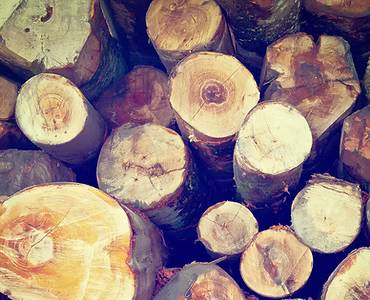Description
Engineered Lumber: Strength, Stability, and Sustainability
Engineered lumber represents a significant advancement in wood construction, offering superior performance and consistency compared to traditional dimensional lumber. Manufactured from smaller pieces of wood, typically laminated together under high pressure, engineered lumber provides a highly engineered product with predictable properties and reduced susceptibility to common wood defects. This makes it an ideal choice for a wide range of structural and non-structural applications.
Key Features and Benefits:
- Exceptional Strength: Engineered lumber boasts significantly higher strength-to-weight ratios than solid lumber. This allows for the use of smaller members in construction, leading to lighter structures, reduced material costs, and increased design flexibility.
- Superior Stability: The manufacturing process minimizes warping, twisting, shrinkage, and checking, resulting in exceptional dimensional stability throughout the lumber's lifespan. This is particularly advantageous in applications where consistent dimensions are critical, such as flooring and roofing.
- Consistent Quality: Unlike natural lumber, engineered lumber undergoes rigorous quality control, ensuring consistent performance and predictable properties from piece to piece and batch to batch. This predictability simplifies design and construction processes.
- Sustainability: Engineered lumber often utilizes smaller, less desirable pieces of wood that might otherwise be wasted, promoting efficient use of forest resources and reducing waste. It also frequently incorporates sustainably sourced wood.
- Variety of Products: Engineered lumber is available in a wide range of products designed for specific applications, including:
- Laminated Veneer Lumber (LVL): High-strength panels composed of thin wood veneers bonded together with adhesives. Ideal for beams, headers, and other high-strength applications.
- Parallel Strand Lumber (PSL): Manufactured from long, thin strands of wood oriented parallel to the lumber's length. Known for its exceptional strength and stiffness, often used in engineered I-joists.
- Glulam (Glue Laminated Timber): Large, strong beams made by gluing together smaller pieces of lumber. Often used in long-span applications and visually appealing architectural elements.
- Oriented Strand Lumber (OSL): Similar to PSL, but uses shorter strands oriented in the same direction. Offers good strength properties at a potentially lower cost.
- I-Joists: Engineered wood I-beams combining a wood flange and a solid wood or engineered lumber web. Offers superior strength and spans compared to traditional joists.
Applications:
Engineered lumber finds applications in a wide range of construction projects, including:
- Residential Construction: Flooring, roofing, framing, beams, and I-joists.
- Commercial Construction: Beams, columns, trusses, and other structural elements.
- Industrial Construction: Heavy-duty structural elements and support systems.
- Renovation and Repair: Strengthening existing structures and replacing damaged members.
Choosing the Right Engineered Lumber:
Selecting the appropriate type of engineered lumber depends on the specific application and required performance characteristics. Consult with a structural engineer or experienced lumber supplier to determine the optimal product for your project. Factors to consider include the required strength, stiffness, span, and environmental conditions.
Conclusion:
Engineered lumber offers a compelling combination of strength, stability, sustainability, and cost-effectiveness, making it a preferred material choice for modern construction. Its consistent performance and predictable properties streamline the design and construction process, while its superior strength allows for innovative and efficient designs.
